Japanese samurai and European knights played significant roles as warrior classes in their respective cultures and historical contexts, despite having different cultural and historical backgrounds. Let’s explore the roles, armament, and cultural contexts of each.
1. Origins and Historical Background
Japanese Samurai:
Samurai emerged during the Heian period (late 8th to 12th century) in Japan, initially serving as local warriors for aristocrats. By the Kamakura period (late 12th to 14th century), samurai became significant both politically and militarily following the establishment of the Kamakura shogunate by Minamoto no Yoritomo. Samurai were expected to adhere to the ethical code of bushido, pledging loyalty to their lord and valuing honor. Throughout the Sengoku period (late 15th to early 17th century), samurai increased in power and solidified their status as the ruling class during the Edo period (early 17th to mid-19th century). However, their role came to an end with the Meiji Restoration in the late 19th century.
European Knights:
Knights originated in medieval Europe (9th to 15th century). They were warriors serving lords under the feudal system and followed a code of conduct known as chivalry, which emphasized values such as bravery, honor, courtesy, and mercy. Knights played crucial roles in expeditions like the Crusades. As the Middle Ages progressed, the knightly class gradually declined, especially with the development of firearms, which reduced their battlefield significance, although their cultural influence persisted into the Renaissance and later European culture.
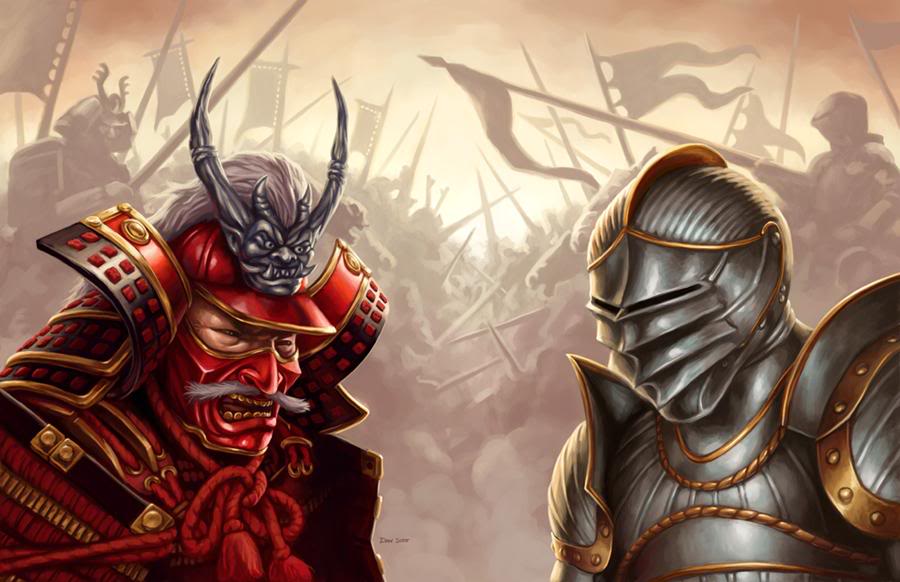
2. Armament and Combat Style
Samurai Armament and Combat Style:
The main weapons of samurai were the sword (especially the katana), bow and arrows, and spears (such as yari and naginata). The katana, in particular, is a symbol of the samurai, renowned for its sharpness and beautiful design. On the battlefield, samurai combined long-range combat using bows with close-quarter combat using swords and spears. Samurai emphasized “individual combat skills,” and training in swordsmanship and archery was highly valued.
Knight Armament and Combat Style:
The primary weapons of knights included swords, lances, axes, and maces, with the lance charge on horseback being a hallmark of knightly tactics. Knights wore heavy armor and used long lances to charge into battle on horseback. In close combat, they employed swords and shields, with training in swordsmanship and horsemanship being essential. By the late medieval period, the introduction of firearms led to changes in the knights’ combat style.
3. Social Status and Role
Samurai Social Status and Role:
Samurai served their lords in a feudal society and also acted as lords who controlled lands. The warrior class also held political power, serving as officials in the shogunate or local administrators. Samurai were influenced by Confucianism and Zen Buddhism and upheld an ethical and aesthetic code based on bushido, emphasizing spiritual training as well. Samurai life was not solely focused on military training but also encompassed cultural pursuits such as literature, calligraphy, and tea ceremonies.
Knight Social Status and Role:
Knights served their lords under the feudal system in exchange for land or income, fulfilling the role of vassals. They were not only warriors but also managed lands and were responsible for protecting peasants. Knights were considered part of the nobility, and it was common for noble sons to undergo knightly training. Chivalry was also tied to a sense of religious duty, particularly emphasized during the Crusades as an obligation of Christians.
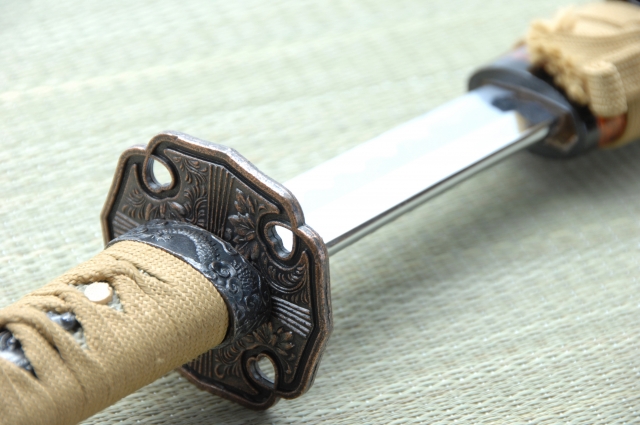
4. Cultural Influence and Values
Samurai Cultural Influence and Values:
Samurai values were based on concepts such as “justice,” “courtesy,” “courage,” “benevolence,” “sincerity,” “honor,” and “loyalty.” These values were systematized into bushido, deeply influencing Japanese literature, art, and philosophy. The influence of the samurai continued beyond the Edo period, affecting national education and the military’s ethical code in modern Japan.
Knight Cultural Influence and Values:
Knightly values were based on “courage,” “honor,” “loyalty,” and “mercy,” and these were articulated as chivalry, influencing Western culture and literature. Chivalry was depicted as an ideal code of conduct in medieval European knightly literature and epic poetry, and it was later revived as knightly spirit during the Renaissance, influencing the ethics of the European upper class.
5. Decline and Transformation
Decline and Transformation of Samurai:
The role of samurai ended with the Meiji Restoration. The Meiji government, in its effort to establish a centralized state, abolished the feudal system and the privileges and status of the samurai class. Many samurai transitioned to new roles as bureaucrats or soldiers in the new government, but many others faced hardships as they struggled to adapt to the new society.
Decline and Transformation of Knights:
The importance of knights declined towards the end of the medieval period. With the development of firearms, heavily armored knights lost their battlefield utility, and the knightly class gradually declined. However, the spirit and cultural values of chivalry were carried into the Renaissance and remained a theme in European literature and films to this day.
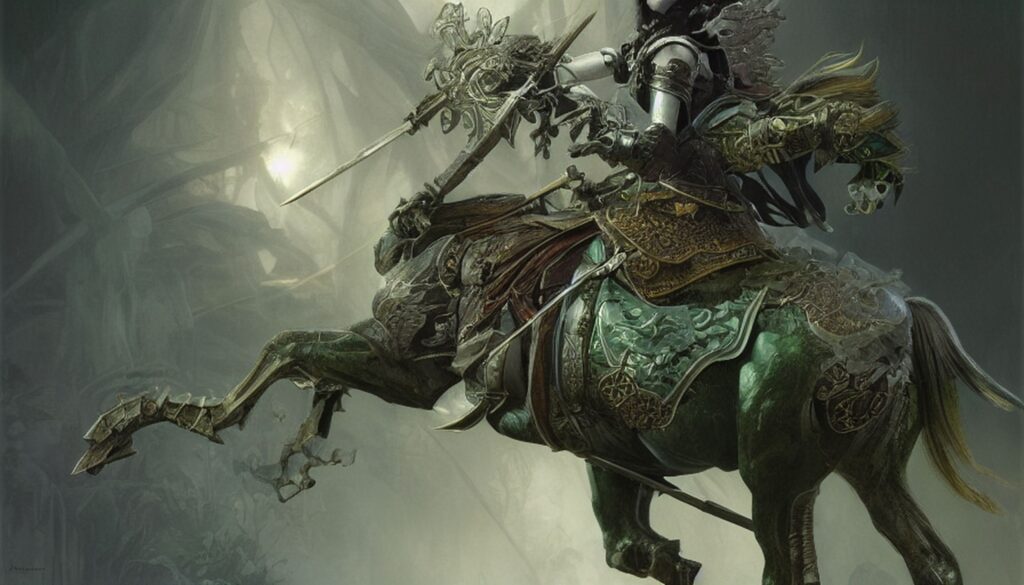
Conclusion
Japanese samurai and European knights were both warrior classes that played crucial roles in their respective regions and eras.
Despite their different cultural backgrounds, they shared many similarities. Their values, ethics, and combat styles were deeply rooted in the history and culture of their regions and continue to influence many people today.
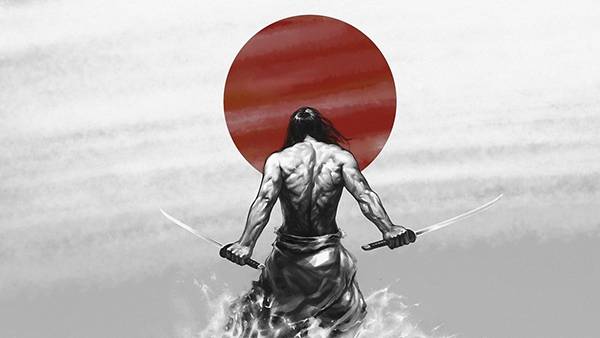
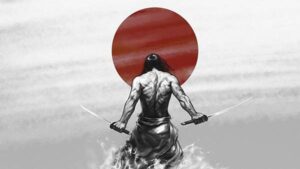
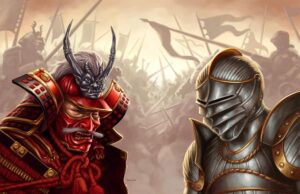


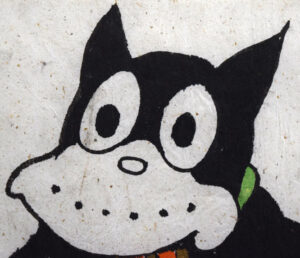
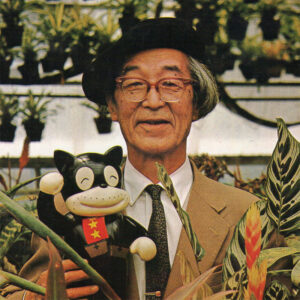
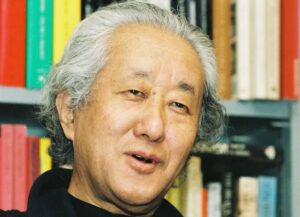
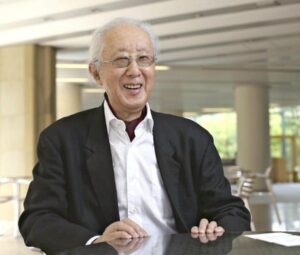
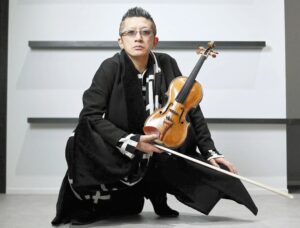


コメント